Is the following true regarding quartz countertops?
5 years ago
last modified: 5 years ago
Featured Answer
Sort by:Oldest
Comments (18)
- 5 years ago
- 5 years ago
Related Professionals
Panama City Beach Architects & Building Designers · West Palm Beach Architects & Building Designers · Bellingham General Contractors · Bowling Green General Contractors · Lighthouse Point General Contractors · Mansfield General Contractors · Saginaw General Contractors · West Milford Landscape Architects & Landscape Designers · Taylorsville Landscape Architects & Landscape Designers · Ridgefield Park Interior Designers & Decorators · Haslett Kitchen & Bathroom Designers · Jamestown General Contractors · Rossmoor General Contractors · Artondale Kitchen & Bathroom Remodelers · Allentown Cabinets & Cabinetry- 5 years agolast modified: 5 years ago
- 5 years ago
- 5 years agolast modified: 5 years ago
- 5 years agolast modified: 5 years ago
- 4 years agolast modified: 4 years ago
- 4 years ago
- 4 years ago
- 4 years ago
- 4 years agolast modified: 4 years ago
- 4 years ago
- 4 years ago
- 4 years ago
- 4 years agolast modified: 4 years ago
- 4 years ago
- 4 years ago
Related Stories
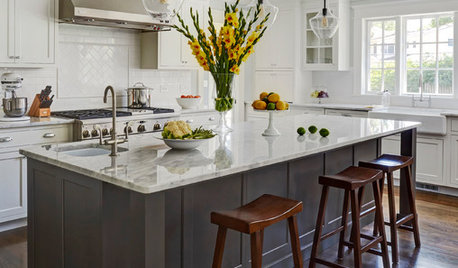
KITCHEN COUNTERTOPSWhat’s the Difference Between Quartzite and Quartz Countertops?
Weigh the pros and cons of these popular kitchen countertop materials
Full Story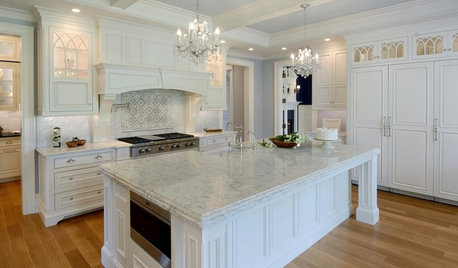
KITCHEN COUNTERTOPSQuartz vs. Granite: The Battle of the Countertops
Read about the pros and cons — and see great examples — of these popular kitchen countertop materials
Full Story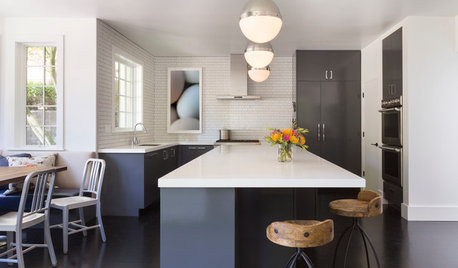
KITCHEN COUNTERTOPSWhy I Chose Quartz Countertops in My Kitchen Remodel
Budget, style and family needs all were taken into account in this important design decision
Full Story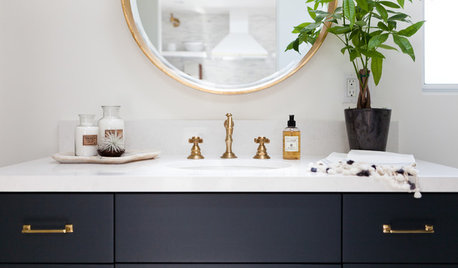
BATHROOM DESIGNBathroom Countertops: The Pros and Cons of Engineered Quartz
See why these designers like engineered quartz for its durability, color options and more
Full Story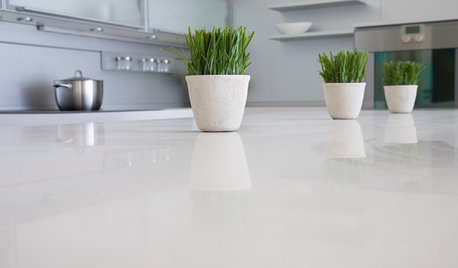
KITCHEN DESIGNKitchen Counters: Stunning, Easy-Care Engineered Quartz
There's a lot to like about this durable blend of quartz and resin for kitchen countertops, and the downsides are minimal
Full Story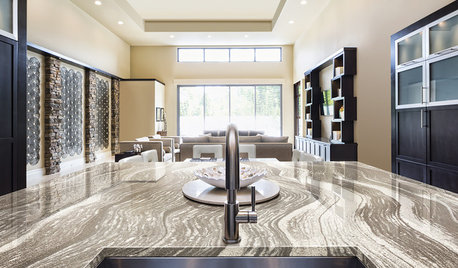
KITCHEN COUNTERTOPSKitchen Confidential: The Case for Quartz Countertops
If you want durability, consistent coloring and a low environmental impact, quartz might be the right material for you
Full Story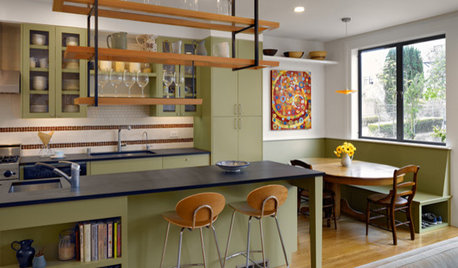
KITCHEN DESIGNAlternatives to Granite Countertops, Part III
9 more reasons to rethink the granite kitchen counter
Full Story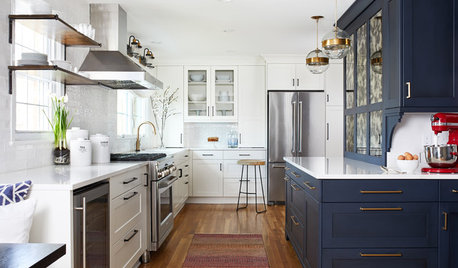
KITCHEN DESIGNKitchen of the Week: A Baker’s Dream Come True
The smart layout gives a family space to enjoy eating, cooking and baking together
Full Story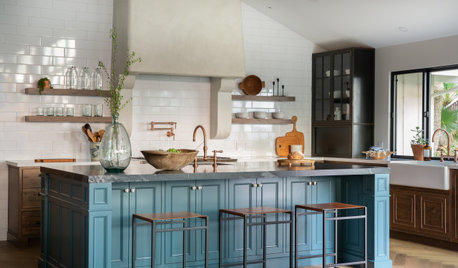
KITCHEN DESIGNTop Colors and Materials for Countertops, Backsplashes and Floors
See the choices that homeowners remodeling kitchens are making, according to the 2021 U.S. Houzz Kitchen Trends Study
Full Story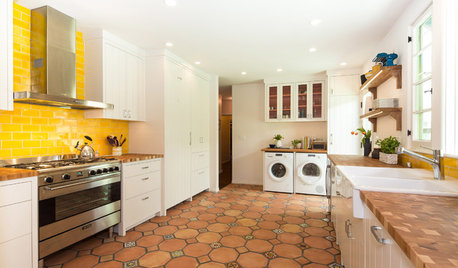
KITCHEN DESIGNNew This Week: 4 Surprising Backsplash and Countertop Pairings
Make your kitchen workspace stand out with colored ceramic tile, back-painted glass, butcher block and more
Full Story
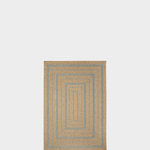
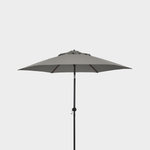
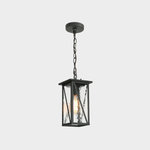
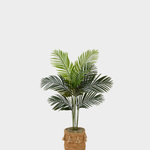

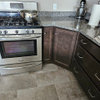
karin_mt